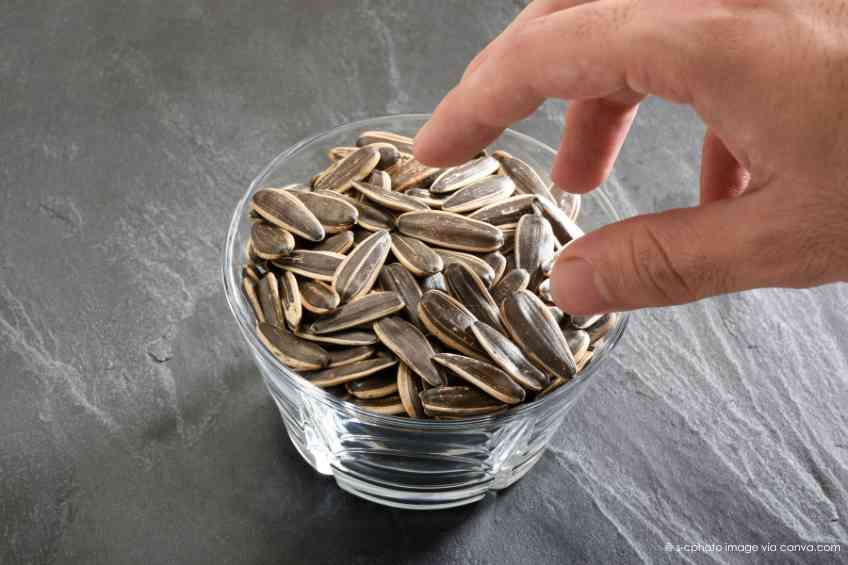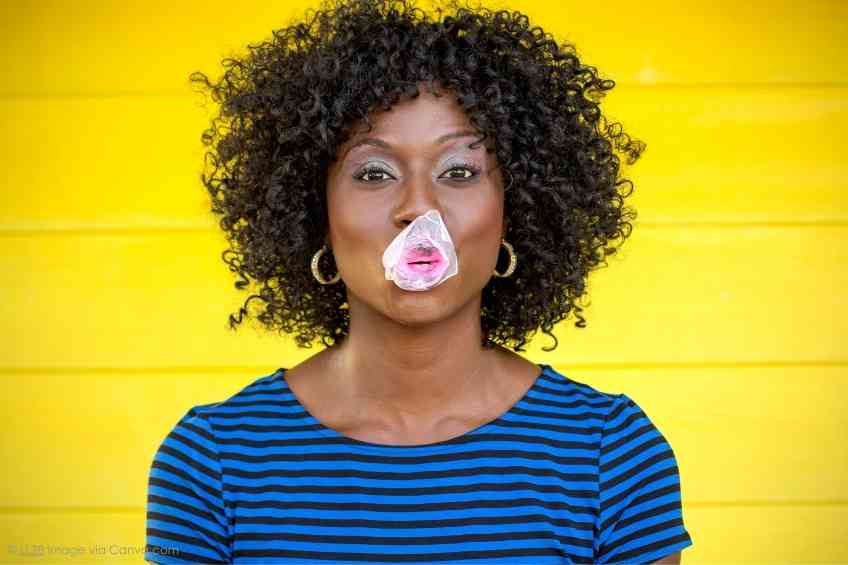The Skinny:
Let’s start by praising people who keep a clean home. It is an admirable trait. Mopping, wiping, scrubbing and dusting by some accounts gets people closer to their maker as in cleanliness is next to godliness. And even if it doesn’t secure someone a place in heaven, keeping clean is a good idea for all sorts of reasons. Of course, there may be a catch—isn’t there always. The various scrubbing, wiping and disinfecting products that help us get rid of grime, dirt, germs and other nasties can be harmful, especially if these cleaning products are used improperly or simply too often. Don’t worry, WellWell has the dirt on five potential culprits. Read on.
The Slate:
Perchloroethylene (PERC)
Perchloroethylene is used primarily to clean fabric. In fact, it is often involved in dry cleaning clothes and carpet cleaning. In small doses, it’s safe to be around, but it is a potential carcinogen and neurotoxin if someone is taking it in constantly. Something to consider is if someone is obsessed with cleaning carpets or is handling a lot of clothes fresh from the dry cleaner.
Ammonia
Studies warn that using cleaning products with more than three percent ammonia concentrations in poorly ventilated areas can lead to health issues. How likely is that? Ventilation issues aside, most related household cleaning products hold five to 10 percent of these concentrates. Ultimately, excessive exposure could damage lung tissue and over time create serious health issues.
Glycol Ethers
This goody is found in glass and all-purpose cleaners. Obviously, these products are safe unless individuals get overexposed, but those that do risk exposure face general irritation and headaches. Some studies have even warned that they can result in lower sperm counts and reduced fertility.
1,4-dioxane
This is used as a sudsing ingredient that is found in bubble baths, shampoo, laundry detergent, soap, skin cleanser, adhesives and antifreeze. Also referred to as dioxane, the EPA has identified it as a “likely carcinogen.” Short-term overexposure can lead to eye, nose, throat, and skin irritation, while extended exposure can result in problems for kidneys and the liver.
Chlorine
Chlorine is widely used in a variety of applications from scouring powders to mildew removers, laundry whiteners and even to help maintain healthy drinking water. Obviously, in small doses it is harmless, but when overexposed it can be a respiratory irritant and a serious thyroid disruptor.
Eyes Up:
What products do you avoid? Let us know at info@wellwellusa.com.
WellWell editors independently identify services and products of interest. If readers purchase anything through the associated links, WellWell may earn a commission, which goes to support our work. Learn More.












